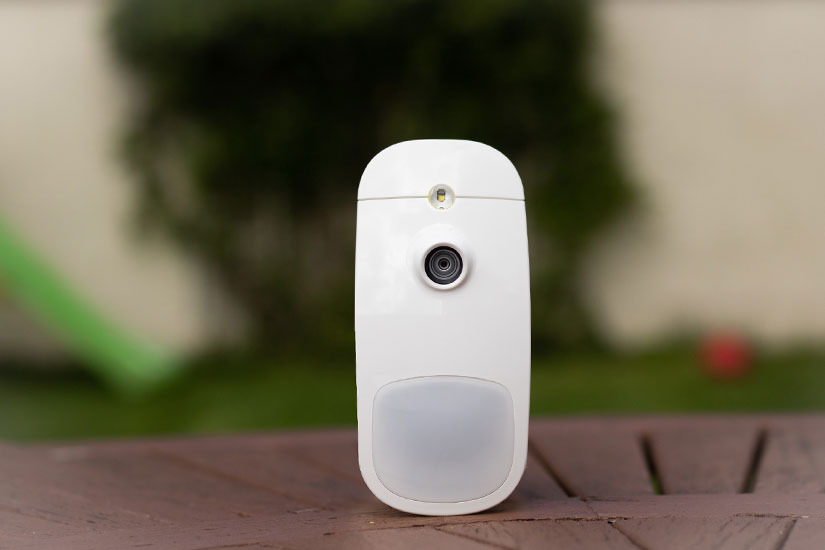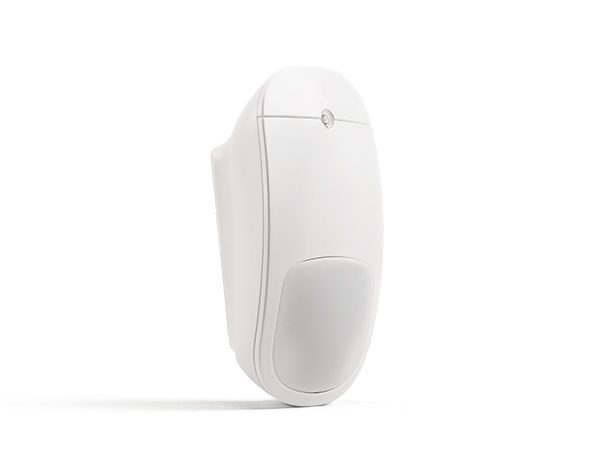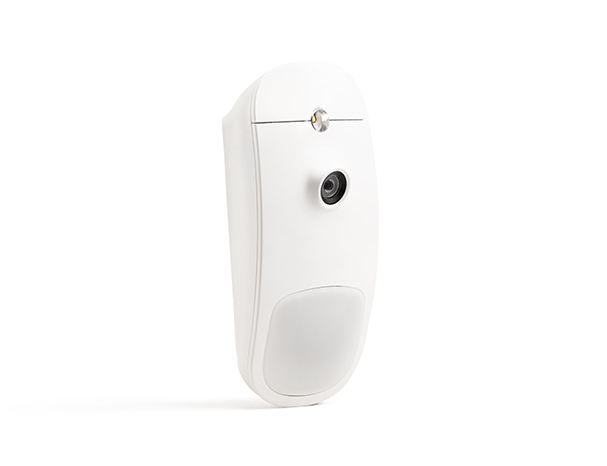
Motion Detectors – what they are and how they work to keep you safe
Motion detectors, also known as motion sensors, are devices which detect movement within a specific area.
Motion detectors are usually a key component in a home security system set up and can play a very effective role in burglary protection. At PhoneWatch, Ireland’s leading home security system provider, motion detectors form a key part of our home security pack offering to our customers and combine to form a key part of our integrated monitored house alarm system offering.
To help keep you safe, we have prepared a guide on motion detectors including how they work, and some tips for their installation and usage.
Types of Motion Detectors:
There are different types of motion detectors available, each using different technologies to sense movement. The most common types include:
- Passive Infrared (PIR) Motion Sensors
PIR sensors detect changes in infrared radiation within their field of view. They are sensitive to the heat emitted by humans and animals. When a warm body moves across the sensor's range, it triggers an alarm or activates a device.

The PhoneWatch PIR motion detector senses movement and body heat and sends real time alerts to your phone as well as alerting our Alarm Receiving Centre in Dublin. This motion detector option has no camera which can provide our customers with more privacy. The sensor is easy to install and can be desensitised so pets do not trigger the alarm system.
- Passive Infrared (PIR) Camera Motion Sensors
PIR motion sensors can also come with an addional camera option embedded into the device. While it still detect changes in infrared radiation within its field of view, the camera element allows the homeowner to take a picture of the area or be sent a picture if the sensor is triggered. The homeowner can then assess the situation to see if something is wrong.

The PhoneWatch PIR camera motion detector senses movement and body heat and sends real time alerts and a series of pictures to your phone as well as alerting our Alarm Receiving Centre in Dublin. Having the camera allows the pictures to be analsysed to see why the sensor was triggered. The homeowner can also use the PhoneWatch app to take a real time picture of the room where the sensor is installed should they want extra peace of mind at any moment.
How Motion Detectors Work
Motion detectors typically consist of a sensor element, signal processing circuit, and an output device. The sensor element detects changes in the environment and converts them into electrical signals. The signal processing circuit analyzes these signals to determine if they correspond to movement. If movement is detected, the output device which is typically the house alarm becomes activated.
How to Install Motion Detectors and Usage Tips:
A critical step to installing motion detectors is planning the installation methodically. Here are some tips to consider when installing and using motion detectors:
- Placement of detectors
Position the motion detector at a height where it can effectively monitor the desired area. Make sure it is mounted securely and not obstructed by objects such as furniture or curtains. - Range and Sensitivity Settings
Adjust the range and sensitivity settings of the motion detector according to your needs. For example, in outdoor environments, you may want a wider range, while in indoor environments, a smaller range can reduce false alarms. - Avoid Obstacles
Ensure that the sensor's field of view is clear of obstacles that could block or interfere with the detection capability. Avoid placing the motion detector near sources of heat or cold air drafts. - Testing
Regularly test the motion detector to ensure it is working correctly. Follow the manufacturer's instructions for testing procedures. - Integrate with your House Alarm System
Motion detectors should ideally be integrated with other security systems, such as alarms, for enhanced functionality and security. - Maintenance
Keep the motion detector clean and free from dust or debris, as these can affect its performance. Regularly check the battery or power source to ensure uninterrupted operation.
Additional Considerations:
While motion detectors are valuable tools for security and automation, it's important to consider the following:
- Privacy
Ensure that the installation of motion detectors respects privacy laws and guidelines. Avoid placing detectors in sensitive areas, such as bathrooms or bedrooms. - False Alarms
Take precautions to minimize false alarms, such as adjusting the sensitivity settings if pets are in the home, avoiding objects that can trigger false readings (e.g., moving curtains), and consider environmental elements. - Power Source
Depending on the type of motion detector, you may need to consider the power source. Some detectors are battery-powered, while others may require a wired power connection.
Conclusion
Remember to consult the specific instructions provided by the manufacturer for the motion detector you choose, as installation and usage guidelines can vary. Although it is possible to install wireless detectors quite easily, it is usually best to hire a professional security company to install your alarm.
PhoneWatch offer motion detectors and security sensors as part of our standard home security house alarm pack with a choice of camera motion detector and standard motion sensors. You can request a personalised quote here.
From house alarm systems to tailored home security, PhoneWatch create and install alarm systems to match your budget and give you peace of mind. We are trusted by over 118,000 homes in Ireland to keep them safe every day. Get a personalised home security quote today.



